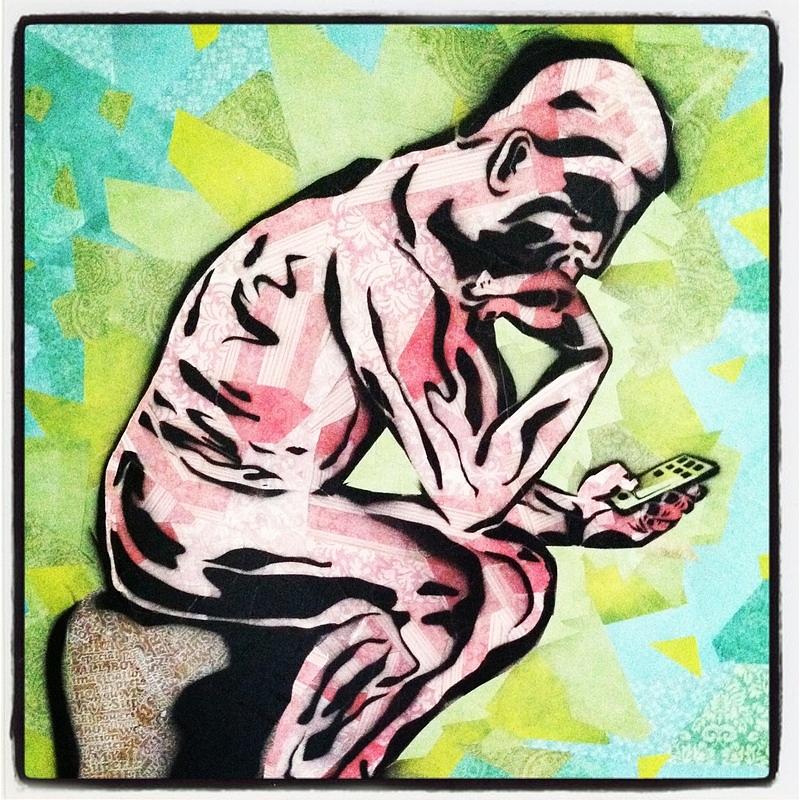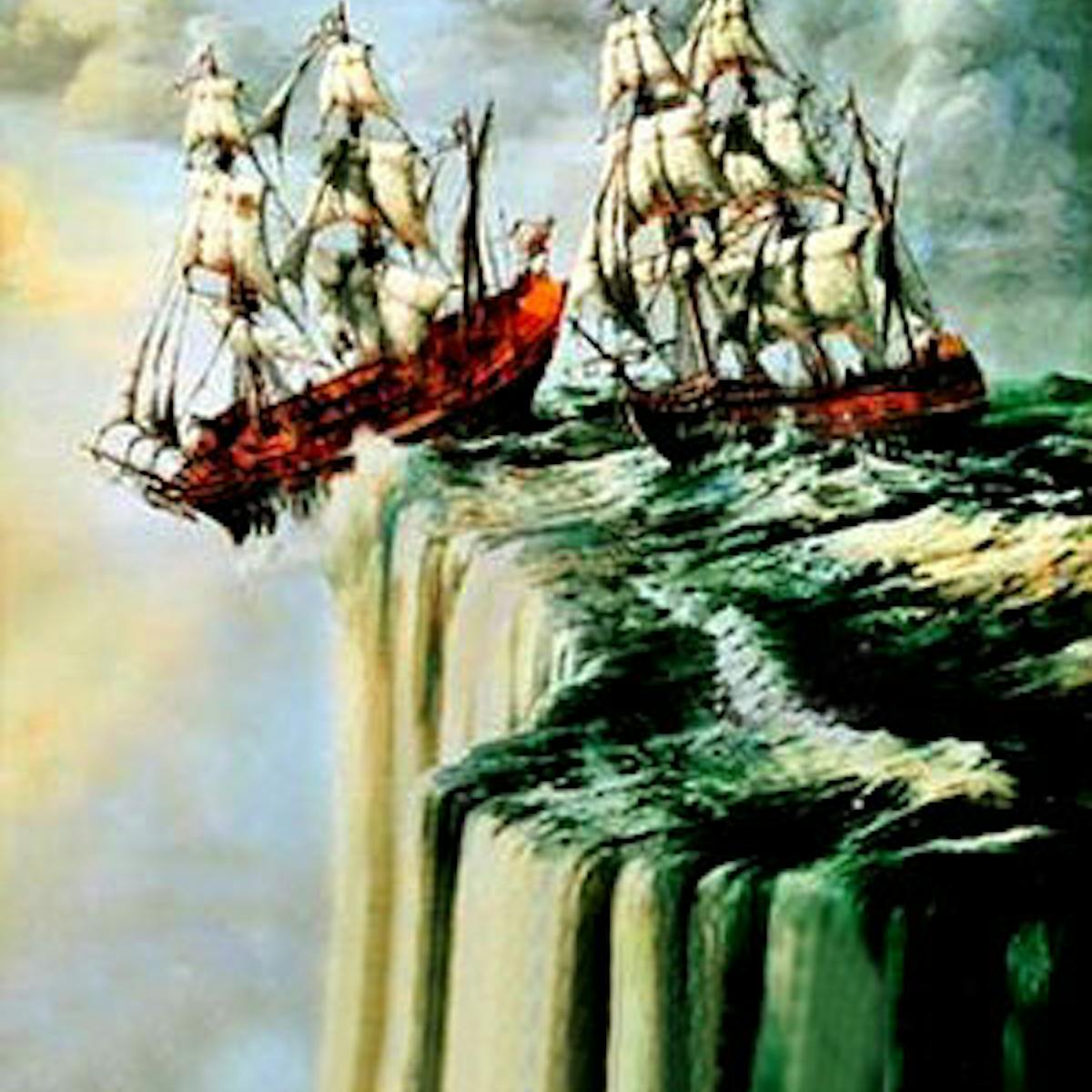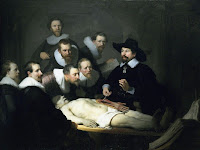When thinking about the renaissance or the reformation in connection to religion, a lot of times the thoughts that come are those of distance and abandonment of faith. But, like we discussed in my salon midterm groups the Renaissance term, humanism, brought a never-there appreciation for individual human value. This new term brought with it the idea that humans also have worth. The stream of thinking didn’t necessarily step away from religion, but it questioned the self-deprecating nature that came with not giving humans the basic tools necessary to read and decipher religious doctrines and texts.
With the coming of new technology like the printing press, came the easier access to those typically regarded as low on the social economic "totem pole." The ability to get text to many who otherwise wouldn't have access to religious texts came with the above mentioned foundation of prioritizing human knowledge and existence. Without having first explored that simple idea: humanism, there wouldn't be a desire for creating technology to share truths throughout the masses.
Now, like I mentioned earlier, a lot of misconceptions about the effects of coming-of-age time periods have been passed on--like that of less religiosity. But, the images above are a good example of how that is not always so, especially within the Christian community. I think this has to do with how, with the coming and ability to share ideas within a religious spectrum, came the chance for Ad fontes-- a chance to go back to the sources.
The exploration of beliefs logically stems from taking that original thing that taught something. In this case, religion. In our church, we are encouraged to do just that: go to the original sources and explore the ideas we are taught. We do not believe in passive learning. In the bible verse Joshua 1:8, we read, “Keep this Book of the Law always on your lips; meditate on it day and night, so that you may be careful to do everything written in it. Then you will be prosperous and successful”. This concept of meditating on God’s word is one that is taught a lot in the church. We are taught to now be slothful and be active in our learning, mediating on teachings and applying it to our real lives.
The times periods of both the Renaissance and the Reformation gave way for positive spiritual reforms, that made calls for changes in corrupted practices of churches (particularly the catholic church). These calls for action made for the chance for people to have personal access to God’s word. Thus, allowing for further conversion and appreciation for the human life.















